There are 02 Value-added Tax (VAT) calculations: credit-invoice method and direct method. Regarding credit-invoice method, it should be noted that the following cases will not be deducted.

According to Article 10 of the Law on VAT 2008 of Vietnam, tax credit method can be understood as the determination of the payable value-added tax amount according to the tax credit method, which is the output value-added tax amount minus the creditable input value-added tax amount.
Formula:
Payable VAT amount = Output VAT amount - Creditable input VAT amount
In which:
- The output value-added tax amount is the total amount of value-added tax on sold goods and services indicated in the added-value invoice;
- The creditable input value-added tax amount is the total value-added tax amount indicated in the added-value invoice on goods or service purchase and the document proving the payment of value-added tax on imported goods.
It should be noted that input VAT must not be deducted in the following cases:
1. The VAT invoice is not legitimate, such as VAT is not written (except for special invoices on which selling prices are VAT-inclusive);
2. The invoice does not contain or does not contain the correct name, address or TIN of the seller, thus rendering the seller unidentifiable;
3. The name, address, or tax code of the buyer on the invoice is incorrect;
4. The VAT invoice or the receipt for VAT payment is fake; the invoice is changed or fictitious (made without actual sale);
5. The invoice does not reflect the actual value of goods and services.
6. Any purchase that cost VND 20 million or more (VAT-inclusive) shall not be deducted if there is no bank transfer receipt;
7. Input VAT on fixed assets, machinery, and equipment;
8. Fixed assets being cars with fewer than 9 seats whose value are over VND 1.6 billion, the input VAT amount in proportion to the amount in excess of VND 1.6 billion shall not be deducted;
9. Goods and services are purchased to serve the manufacture or sale of both the goods/services that are subject to VAT and goods/services that are not subject to VAT;
10. Input VAT on the quantity of goods lost in excess of the norm;
11. Rent for foreign experts to work in Vietnam, hold managerial positions in Vietnam, receive salary in Vietnam according to the labor contract signed with the business establishment;
12. Exported goods or goods considered to be exported have been certified by the customs authority (for exported goods) but other procedures and documents are not available for each specific case;
13. The office of the Corporation, the group does not directly do business and affiliated administrative and non-business units such as: Hospitals, dispensaries, nursing homes, institutes, training schools, etc. are not allowed to deduct input VAT of goods and services purchased for the operation of these units.
The above-mentioned cases are specified in Circular No. 219/2013/TT-BTC, Circular No. 26/2015/TT-BTC and Circular No. 151/2014/TT-BTC of the Ministry of Finance of Vietnam.
When calculating the amount of VAT payable by the deduction method, it is important to determine the exact amount of output tax and the amount of input tax to be deducted. According to the VAT calculation formula, if it is determined that the larger the amount of input tax to be deducted, the less tax payable will be. However, when determining the amount of input tax to be deducted, it is necessary to note the cases that will not be deducted above to determine the correct tax amount.
Thuy Tram
- Key word:
- Law on VAT 2008
- Circular No. 219/2013/TT-BTC
 Article table of contents
Article table of contents

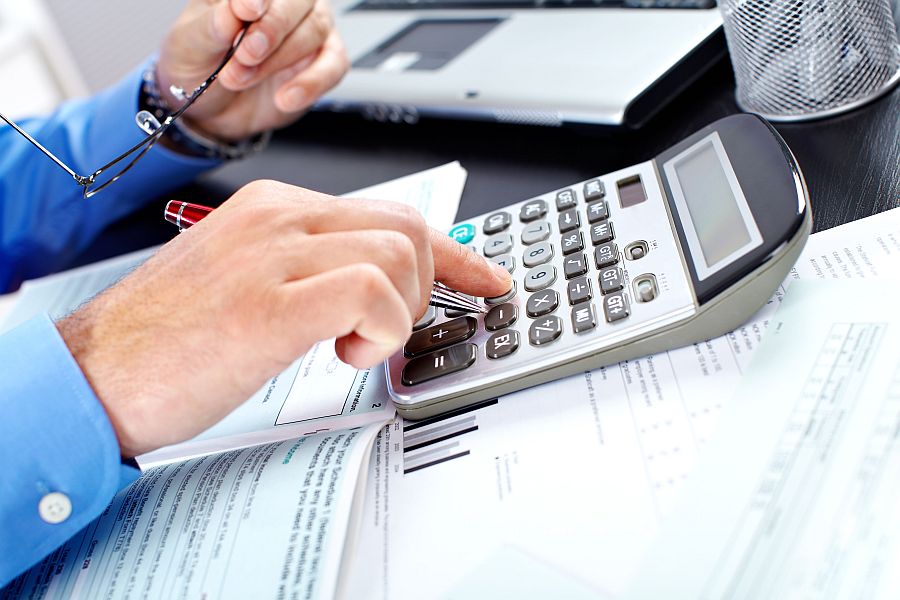

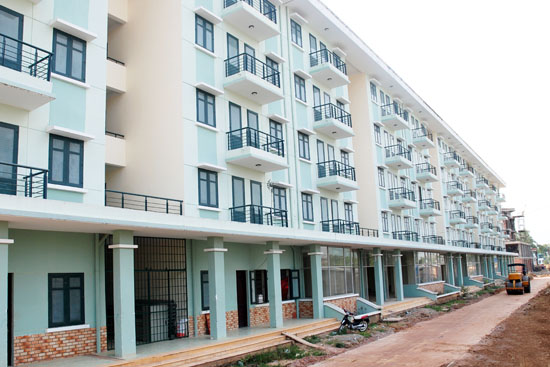
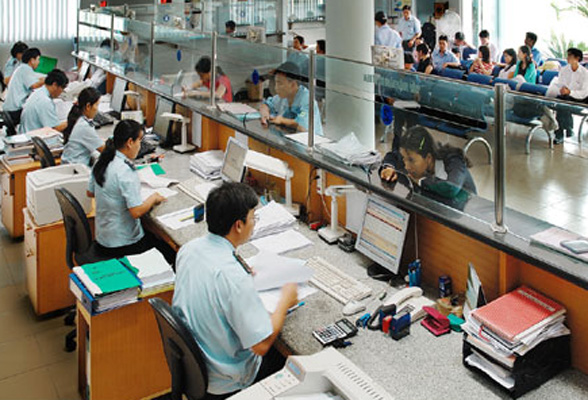
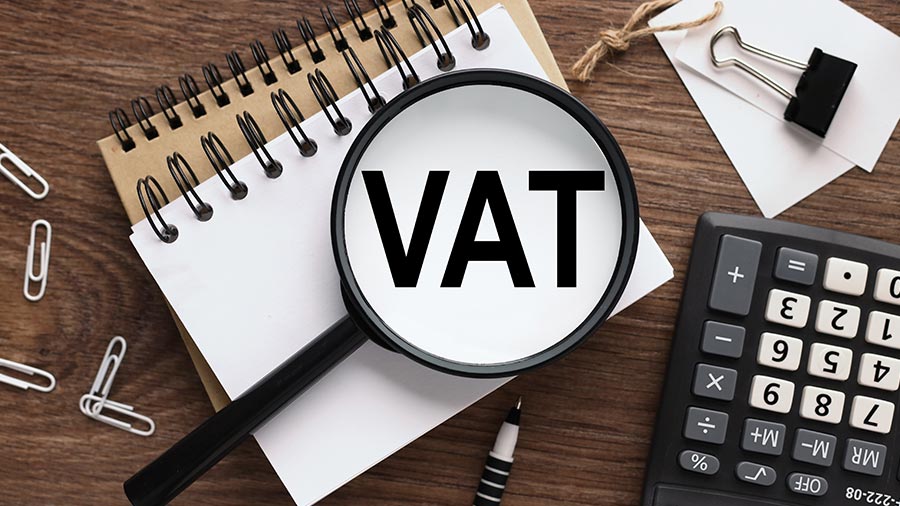
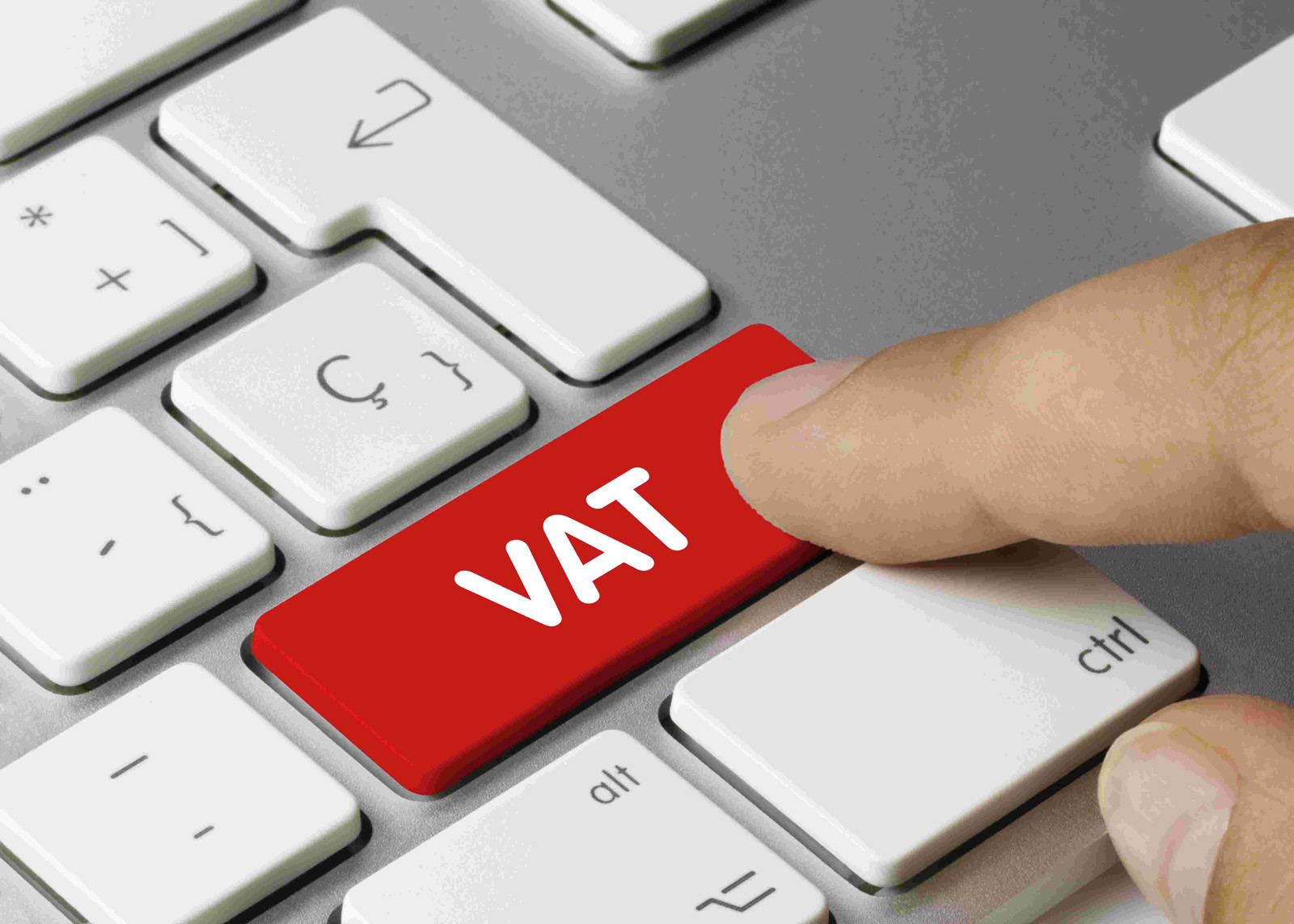
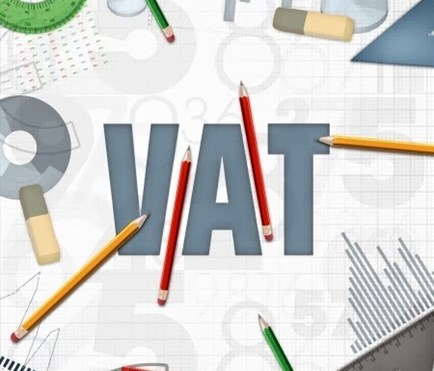
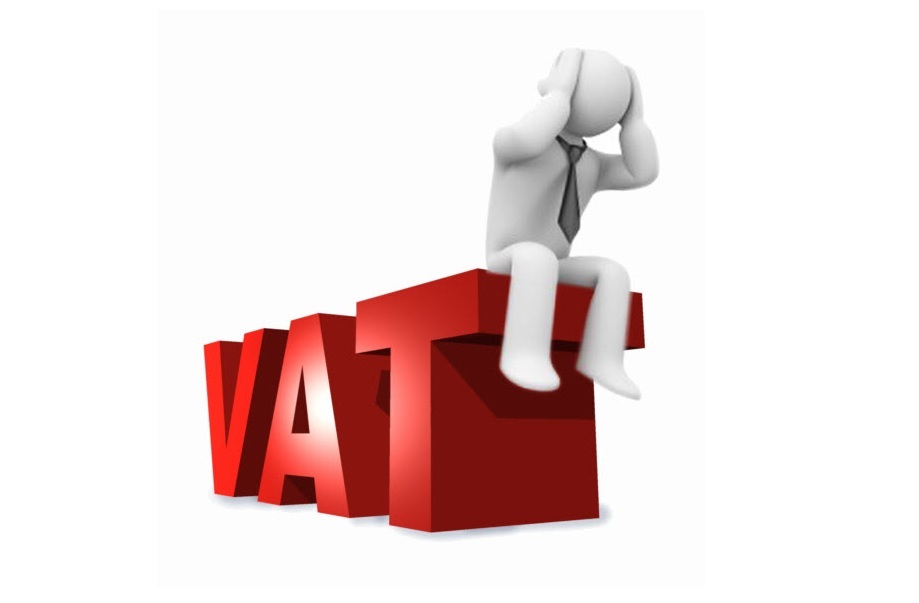

.Medium.png)
.Medium.png)
.Medium.png)
.Medium.png)
